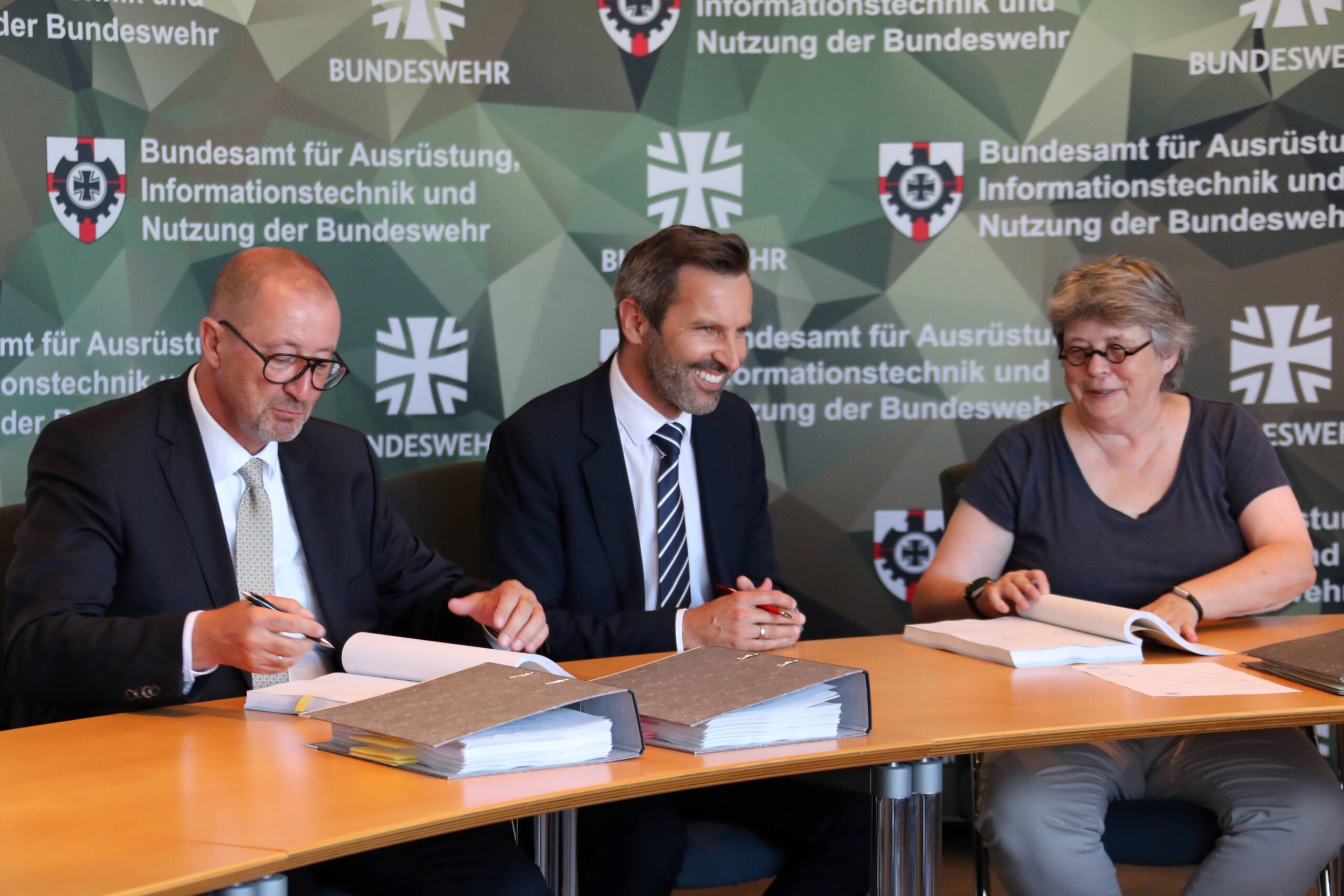 The eDRAULIC series from LUKAS is the first complete mobile rescue set, including cutter, spreader, combination tool and rescue ram. When it comes to mobility, space requirement and weight, the benefits of the eDRAULIC series are clear. The choice between unlimited operation with power supply cable and battery operation allows high flexibility on the job.
The eDRAULIC series from LUKAS is the first complete mobile rescue set, including cutter, spreader, combination tool and rescue ram. When it comes to mobility, space requirement and weight, the benefits of the eDRAULIC series are clear. The choice between unlimited operation with power supply cable and battery operation allows high flexibility on the job.
The special liberty of action with LUKAS eDRAULIC tools results from their pioneering drive concept. More precisely, they are equipped with a compact electro-hydraulic drive. The electric power for the built-in DC motor is supplied by a power supply or by batteries if more liberty of movement is needed. The batteries were developed specially for LUKAS eDRAULIC tools.
The performance of lithium-ion batteries has increased rapidly in just a few years. “Teething problems” familiar from mobile phone or computer technology are a thing of the past – not an issue for the high-end batteries used in the eDRAULIC series. On average, these high-performance batteries reliably deliver 30 minutes of full power in a rescue situation, enough to rescue people from at least one vehicle. All batteries are identical in construction and can easily be exchanged from one rescue tool to another during an operation.
The performance of eDRAULIC tools is equal to or even better than that of tools driven by a power unit. All of them work at an operating pressure of 700 bar, whether on power supply or battery power. That is why they offer the same performance and speed as comparable hose-connected tools.
Thanks to years of research, the new eDRAULIC S 700 E cutter offers even better performance than the S 510, the earlier hose-connected top cutter in the LUKAS range. Since the capacity of the built-in hydraulic pump can be adjusted for each individual tool, the eDRAULIC cutter opens and closes even more quickly.
A complete eDRAULIC rescue set is up to 70 kg lighter than a hose-connected set. As all of the tools are self-contained units, they are perfectly balanced. Particularly, this could be accomplished because there is no oil-filled hose or coupling to affect the tool’s balance.
A direct comparison between the weight of the eDRAULIC series and conventional tools is somewhat skewed, as for hose-connected devices, the lifted hose and oil contained in it, as well as the couplings and anti-kink protection, are not included in the simple device weight. When all these factors are considered, the weight difference is only around 1.1 kg.
For a number of reasons, it was not possible in the past to develop battery-operated rescue equipment that counted as "fully functional". Either you compromised on performance or you constructed a heavy and cumbersome tool. In addition, the out-dated nickel-cadmium (NiCd) and nickel-metal hydride (NiMH) batteries were characterised by poor power density and reliability.
This is no longer the case. Huge leaps are being and will continue to be made in the field of battery development based on lithium-ion technology, aimed at getting ever higher performance from batteries of the same weight.
Reservations about battery technology are nothing new. Remember the development curve of mobile telephones, electric cars and laptop computers? When cabled telephones were at their height, hardly anyone could imagine using a telephone while on the go. And when the first mobiles entered the market, they were the size of a briefcase! Nowadays, almost everyone has a mobile phone in their pocket – and these devices have a battery life that was just a dream 10 years ago. The same is true of the dynamic development path in laptop computers.
Wherever LUKAS eDRAULIC tools are used, users are excited about them. Why should a fire brigade carry around an external hydraulic power unit, hoses or a hose reel when it can do without? In our compact, light and mobile eDRAULIC series, we see the future of hydraulic rescue tools, offering many clear benefits for rescue operations.








